On June 30, videos made by residents of the Chinese city of Gongyi went viral. They demonstrated the consequences of the unsuccessful burning of the first stage of the Tianlong-3 rocket built by Space Pioneer company. The rocket fell off the test stand, then made a suborbital flight and exploded on impact.
Despite the seeming curiosity of the incident, Space Pioneer was very lucky, as there are residential buildings in the immediate vicinity of the company’s stand. The stage could have easily fallen on them, which would have certainly resulted in many casualties.
Unfortunately, not all such incidents are resolved so successfully. In this article, we will tell about the largest rocket disasters in history.
Tragedy at the Baikonur Cosmodrome (1960)
October 24, 1960 was a black day for the Baikonur Cosmodrome. A disaster occurred there, which became the largest in terms of the number of victims in the history of astronautics. It was caused by gross violations of safety regulations.
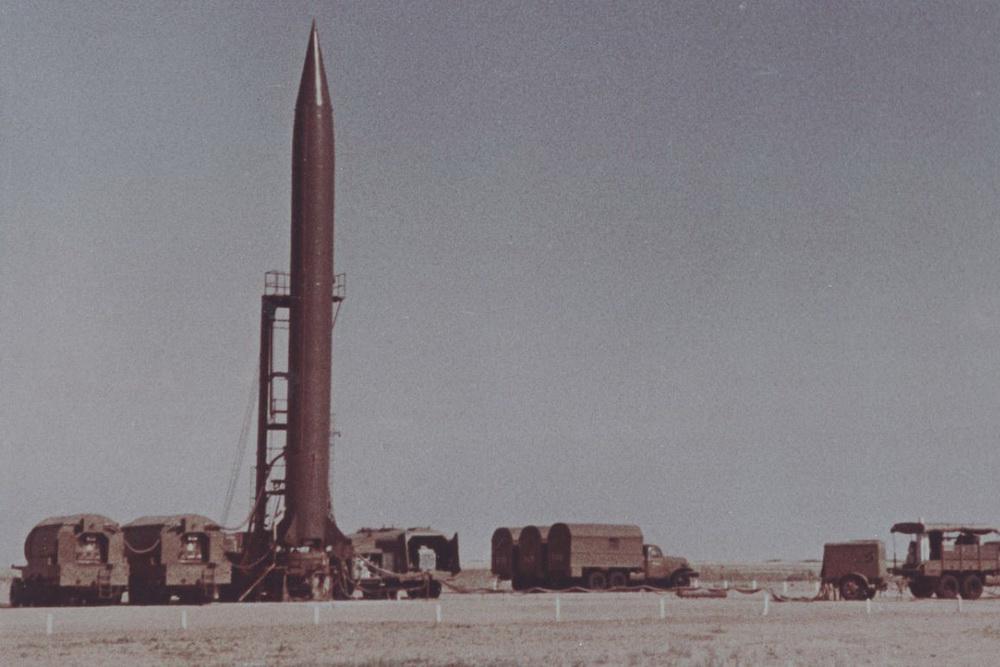
On that day, a new R-16 ballistic missile was to be launched from Baikonur. The launch was supposed to be dedicated to the anniversary of the October Revolution. However, the missile developed problems that required it to be returned to the factory to clean the tanks, lines, and engines. This meant that the next launch attempt would take place no sooner than a month later.
In this situation, the head of the Strategic Missile Forces, Chief Artillery Marshal Mitrofan Nedelin, who was in charge of the test, went in flagrant violation of all safety rules, demanding that the malfunctions be fixed right on the refueled missile. All of this took place under the personal supervision of Nedelin, who defiantly sat on a chair at the very foot of the rocket. Next to him were the designers, their deputies, high-ranking military officials, and their numerous retinue. In total, more than 200 people were present at the launch site.
Half an hour before the estimated launch time, the second stage engines of the R-16 were unauthorizedly turned on. A fire jet instantly pierced the first stage tanks with oxidizer and fuel, after which the launch pad turned into a living hell. According to various sources, the tragedy claimed the lives of 78 to 126 people, making it the deadliest tragedy to ever occur at a spaceport. As for Marshal Nedelin, all what left from him was a melted Golden Star of the Hero of the Soviet Union (the highest award in the USSR), one shoulder strap, and a wristwatch.
Explosion at the Plesetsk Cosmodrome (1980)
The second deadliest disaster at a cosmodrome occurred on March 18, 1980. On that day, a Vostok-2M rocket was scheduled to be launched from the Plesetsk cosmodrome. But two hours before the launch, when the crew was refueling the rocket, an explosion occurred.
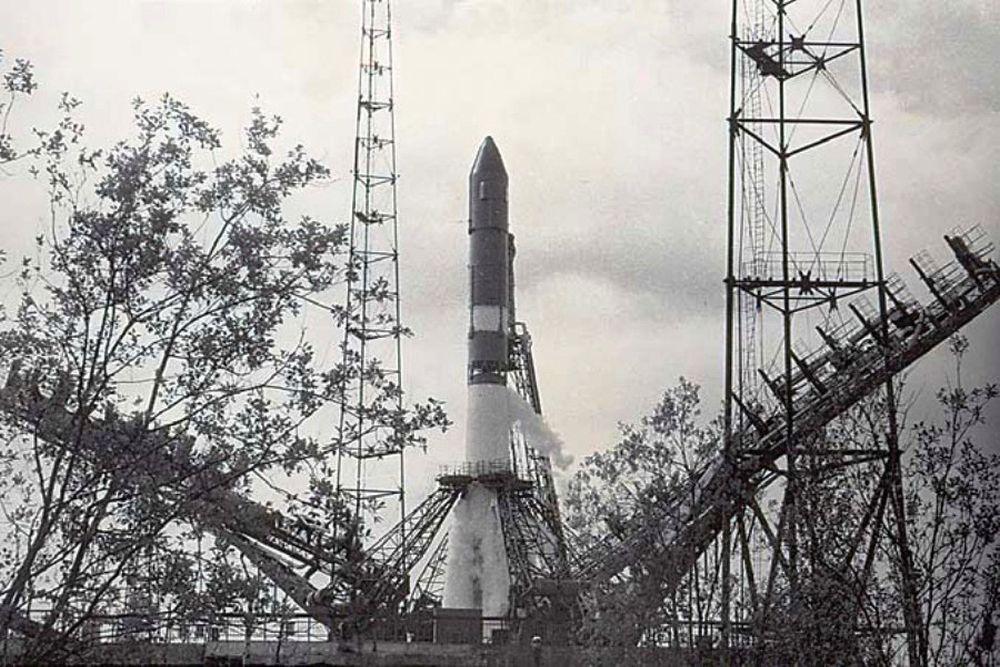
At that moment, 141 people were in the immediate vicinity of the missile. 44 of them were killed, and 43 others suffered burns of varying severity and were taken to the hospital. Four people later died.
The commission that investigated the accident blamed everything on the dead. The official conclusion stated that the cause of the crash was the ignition of oxygen-impregnated fabric as a result of unauthorized actions by one of the combat crew.
However, just a year later, another rocket nearly exploded at Plesetsk. Later it turned out that the hydrogen peroxide used as fuel began to decompose in the ground pipelines, forming an explosive mixture. In turn, this happened because the plant that produced them used catalytically active materials in their production. A factory defect caused the explosion.
Destroyed Chinese village (1996)
Rocket accidents claimed the lives of not only spaceport employees but also ordinary residents who were unlucky enough to be in the path of a falling rocket. Two such cases occurred in 1995 and 1996 in China.
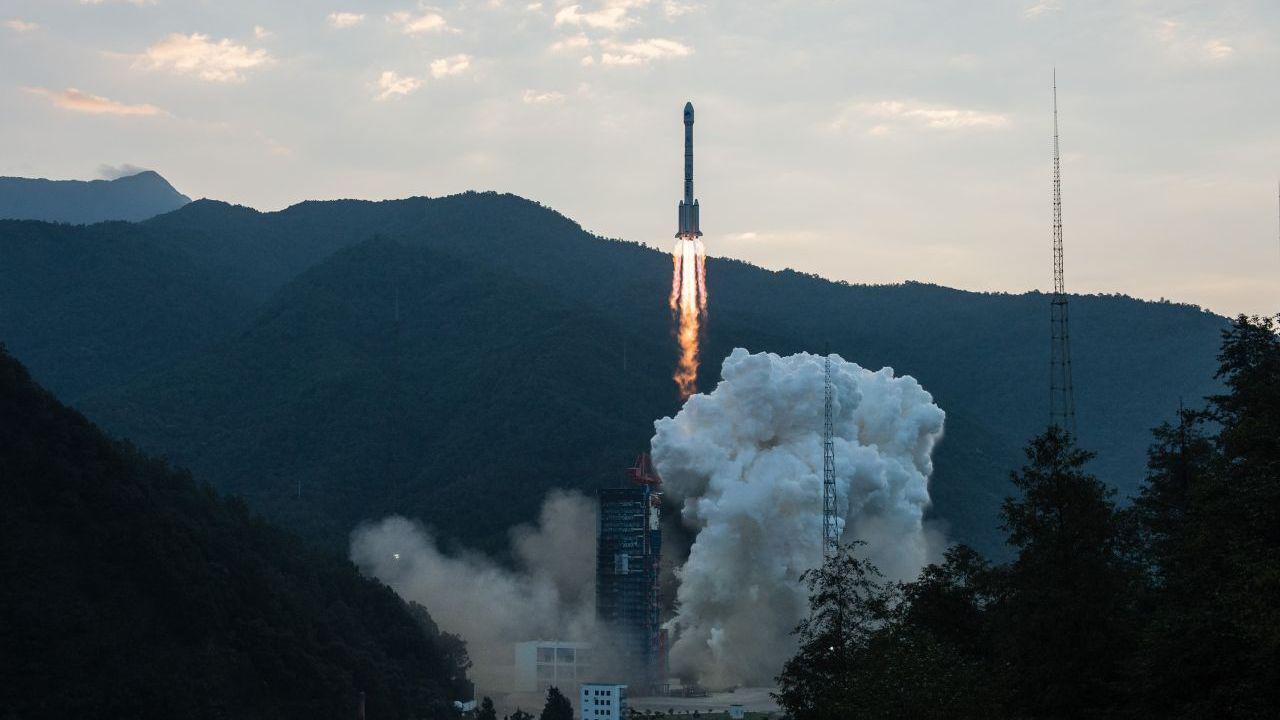
The first tragedy occurred on January 26, 1995. Launched that day from the Xichang Satellite Launch Center, the Chang Zheng-2E rocket began to deviate from its course, and after 50 seconds it had to be blown up. The wreckage fell on a village house, killing a family of six, according to official figures.
Only a year later, this tragedy was topped by an even bigger catastrophe. On February 15, 1996, a Chang Zheng-3B rocket was launched from the Xichang Satellite Launch Center. As soon as it left the launch pad, it veered sharply off course and, like a cruise missile, rushed toward a village located five kilometers from the spaceport. Twenty-two seconds after the launch, the 426-ton carrier hit the ground and exploded, creating a huge fire cloud.
After the explosion, not a single intact building remained in the village. According to official statements by the Chinese side, the tragedy claimed the lives of 6 people and injured 57 others. However, most Western experts believe that these figures are grossly underestimated and that there are dozens or even hundreds of dead.
We are unlikely to know how many lives the Sichang tragedy actually took. The Chinese authorities did everything they could to cover up its traces as quickly as possible. The remains of the village were promptly demolished. They say that a year after the accident, there was almost nothing to remind us that people had recently lived there. Not a single memorial was erected at the site of the rocket crash, and the Chinese media never mentioned the tragedy again.
The fiery hell at the Alcantara Cosmodrome (2003)
In August 2003, the Brazilian spaceport of Alcantara was crowded. Specialists were preparing to launch the VLS-1 rocket. If successful, Brazil would officially become a space power. The rocket was installed on the launch pad, after which the specialists conducted a successful simulated launch.
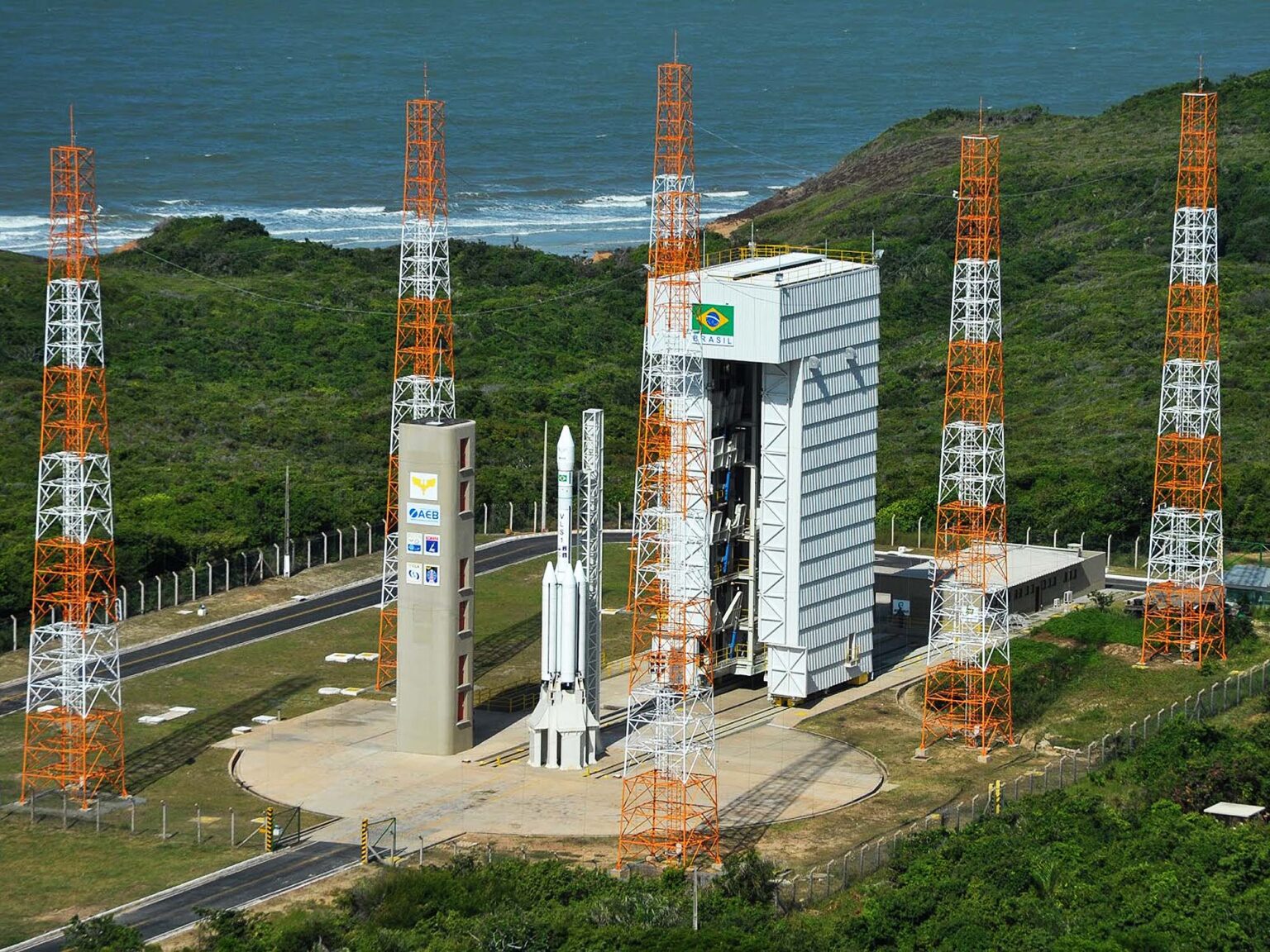
But VLS-1 was not destined to reach space. On August 22, one of its side boosters activated for no apparent reason. Then events unfolded rapidly. A flame torch ignited the neighboring power units, after which the launch vehicle exploded. The powerful explosion completely destroyed the ten-story launch tower, turning it into a pile of mangled metal. The fire consumed nearby jungle, and a column of smoke was observed many kilometers away from the launch site.
The number of victims was unknown at first. Later, it was determined that 21 people were killed in the explosion. Several dozen more were injured and burned. The Alkantar explosion was the largest space industry-related disaster in the 21st century in terms of casualties.
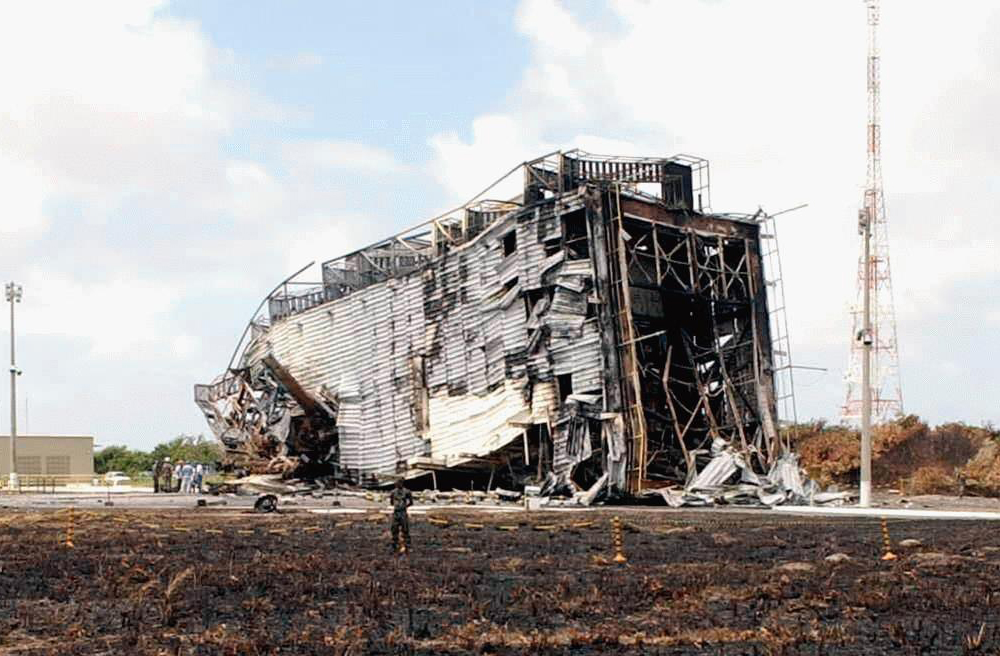
Further investigation revealed that the accident was caused by an electrical discharge that was unauthorizedly fed into the side booster’s ignition system. It was never found out why this happened. But one thing is for sure: the Alcantara disaster was a very serious blow to Brazil’s space program, from the consequences of which it has not yet recovered.

